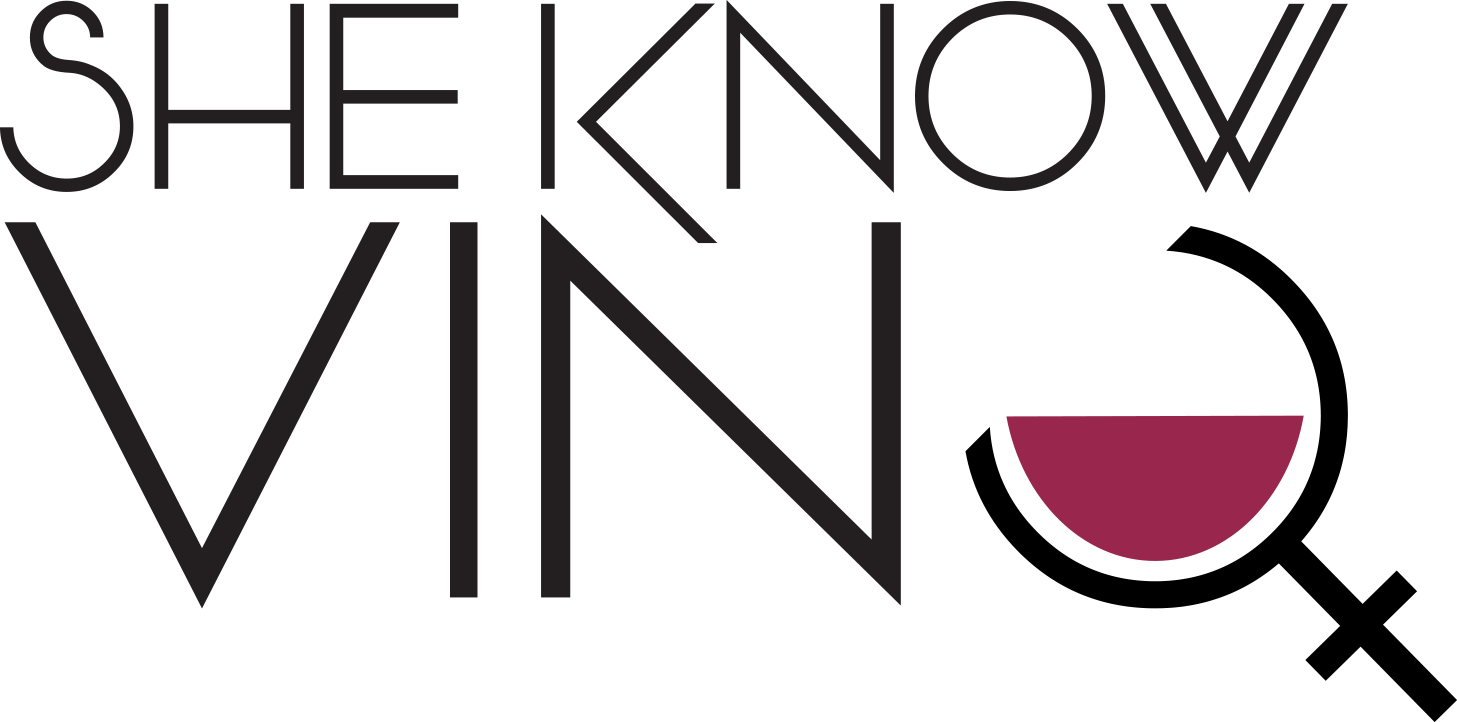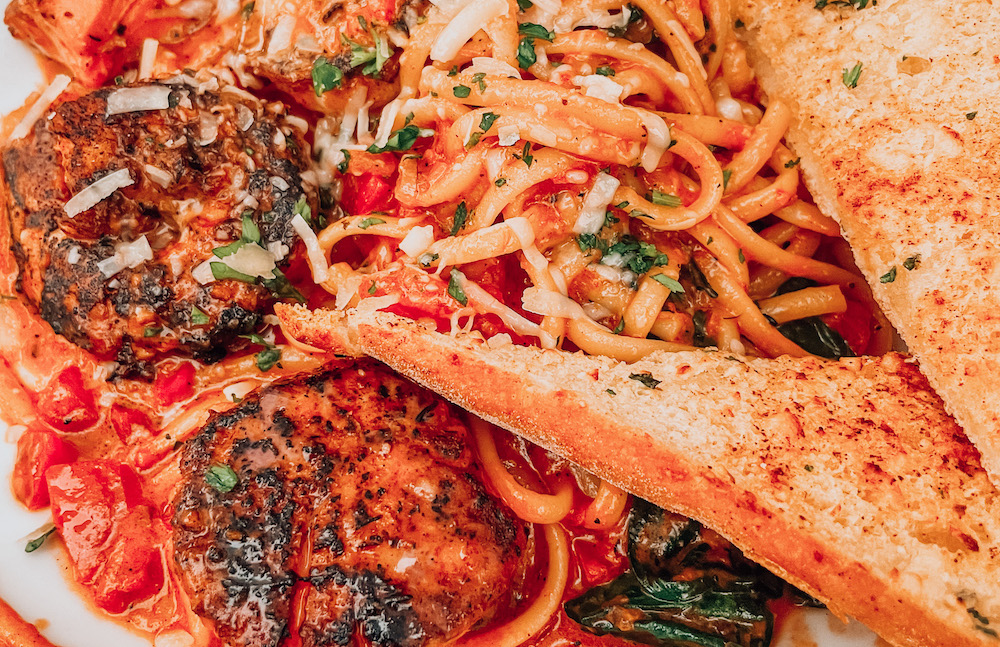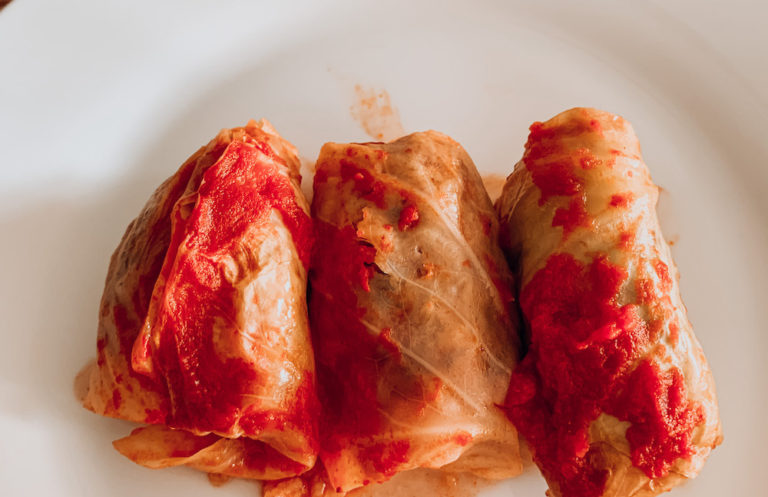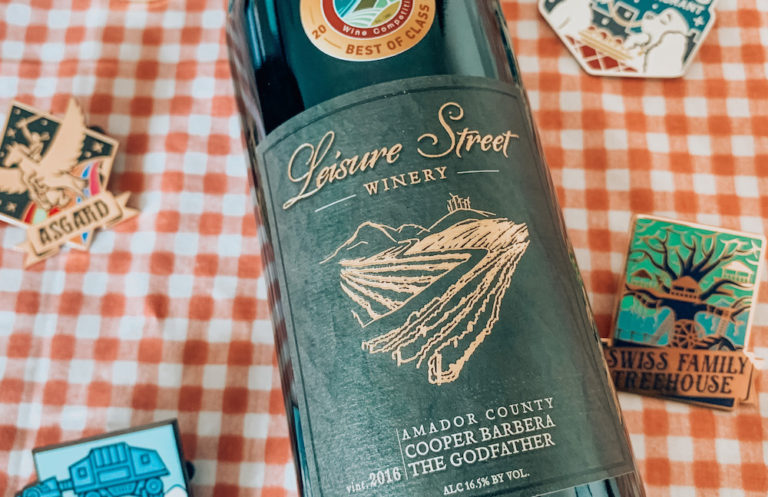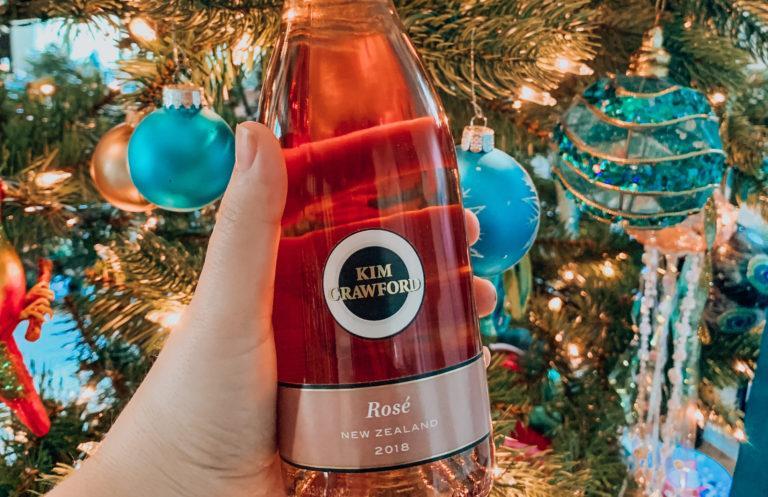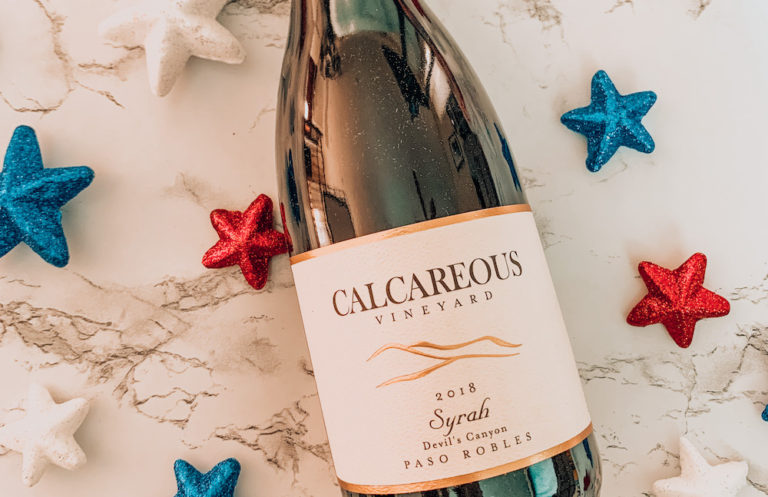Wine 101: How to Pair Wine with Food Like a Pro
Wine pairing sounds intimidating, right? Like there’s some secret rulebook passed down through generations of fancy sommeliers. But real talk? You’re not going to mess it up. Even I still get stumped sometimes and I live for this stuff. The golden rule? Personal. Freaking. Preference.
First up: Consider the Body
No, not your body (though you’re killing it). I mean the body of the wine—light, medium, full. Think of it like matching vibes. A light-bodied wine with a delicate dish, and a bold, full-bodied wine with something rich and hearty.
For example: pairing a big, bossy Cabernet with lemony tilapia is like blasting death metal during a yoga class. It just doesn’t vibe.
But lamb and Cabernet? Yes, please. The weight, the juiciness, the tannins—chef’s kiss. They match on all fronts, like wine and dine soulmates.
Now, sauce is also part of the equation. A heavy Syrah doesn’t want to party with a dainty lemon vinaigrette. But creamy garlic sauce and a buttery Chardonnay? Match made in wine heaven.
And hey, sometimes the rules get flipped. Like Riesling and Thai curry—spicy + sweet = fire (literally and figuratively). Which brings us to…
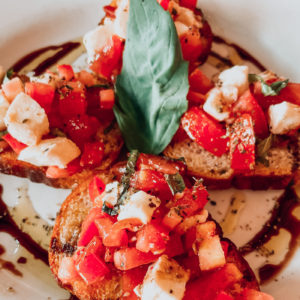
Consider the Flavors
Let’s get into the two main types of pairings: complementary and contrasting.
-
Complementary: Flavors that vibe together. Think tannin + fat, acid + fat, bitter + bitter.
-
Contrasting: Opposites that make sparks fly. Sweet + salty. Sweet + spicy. (Yes, we are talking Hot Cheetos and Moscato. Stay tuned.)
Going back to our lamb + Cab moment—that’s complementary. The tannins in the wine cut through the fat of the lamb and make everything taste like it’s wearing a little black dress and red lipstick. Flawless.
Consider the Flavor Components
Time for a little taste test rundown:
-
Sweet: Sweet food can make wine taste more bitter. That’s why dessert wines usually need to be sweeter than the dessert. Or just make wine the dessert—looking at you, Port and bleu cheese (not for me, but hey, live your truth).
-
Salt: Salt is wine’s bestie. It boosts the good stuff and tones down the bitterness. Go wild.
-
Sour (Acid): Acid in wine + acid in food = fruity deliciousness. Low acid wine + high acid food = sad, flat wine.
-
Umami: Aka the “savory” weird one. Found in mushrooms, brie, eggs. It can make wine seem more bitter or astringent, so balance it out with something fruity.
-
Bitter: Bitterness in food makes the wine seem more bitter. Some people love it, some don’t. Totally depends on your palate (and possibly your ancestors).
-
Spicy: Heat isn’t a flavor, it’s a feeling. Spicy food + high-alcohol wine = FIRE. And not always the good kind. A chill, slightly sweet wine (hello again, Riesling) is usually your BFF here. But if you love the burn (like I do), Grenache and chili flakes? Let’s ride.
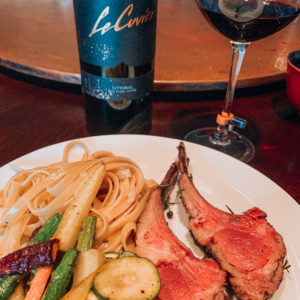
Consider Your Taste, Always
Yes, yes, we’ve all heard “red wine with meat, white wine with fish,” but honestly? Yawn. Sometimes a chill red with good acidity is perfect with grilled salmon. Sometimes you want Sauvignon Blanc with steak and no one can stop you.
So if you’re sipping Moscato d’Asti with Hot Cheetos? ICONIC. They’ll tell you not to do it. Ignore them.
Because the ultimate wine pairing rule? Drink what makes you happy.

